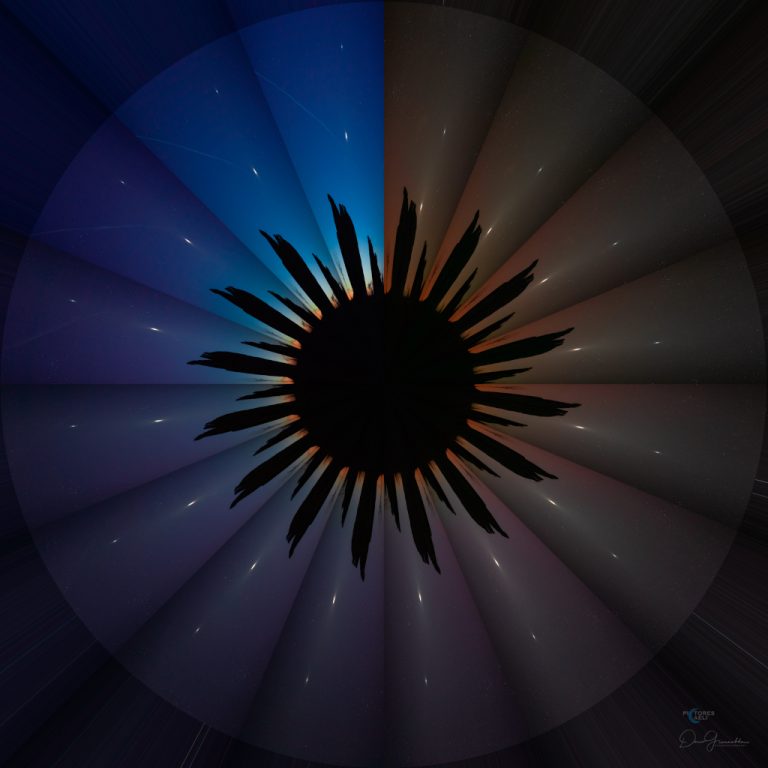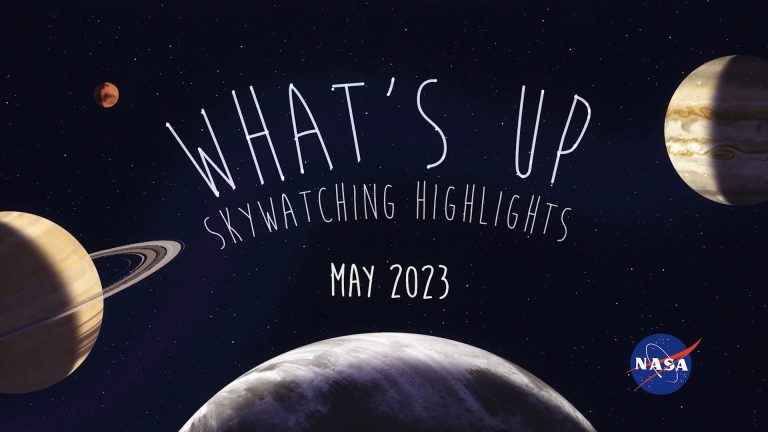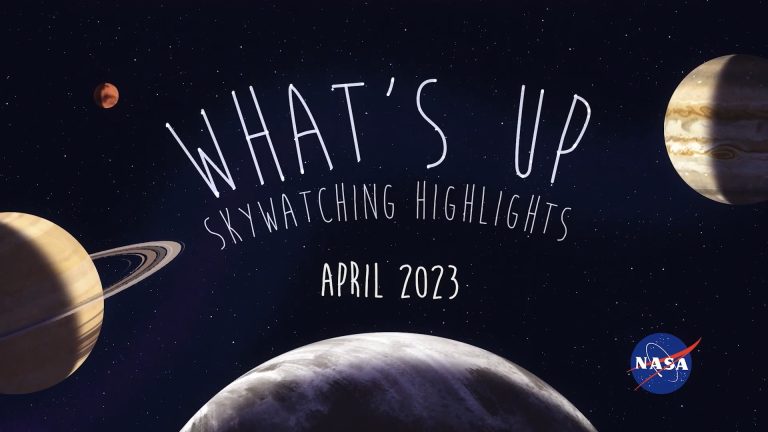金星、月亮与冒烟的山
2023年9月15日 Venus, Moon, and the Smoking Mountain Image Credit & Copyright: Luis Miguel Meade Rodríguez Explanation: Venus has returned as a brilliant morning star. From a window seat on a flight to Mexico City, the bright celestial beacon was captured just before sunrise in this astronomical snapshot, taken on September 12. Venus, at the upper right, shared the early predawn skies with an old crescent Moon. Seen from this stratospheric perspective, both mountain peaks and clouds appear in silhouette along a glowing eastern horizon. The dramatic, long, low cloud bank was created by venting from planet Earth’s active volcano Popocatépetl. Tomorrow’s picture: Fire over Ice 金星、月亮与冒烟的山 影像提供与版权: Luis Miguel Meade Rodríguez 说明: 金星以明亮的晨星之姿回归了。9月12日即将日出前的清晨,在前往墨西哥城的航班上,从靠窗的座位拍下了这幅记录了此明亮天体的影像。影像里,右上方的金星与蛾眉残月分享了黎明前的天空。从这个平流层的视角看出去,山峰和云朵都以剪影之姿出现在明亮的东方地平线附近。其中,低矮壮观的长云,是由地球上的波波卡特佩特活火山(Popocatépetl)所喷出的烟尘。 明日的图片: Fire over Ice










